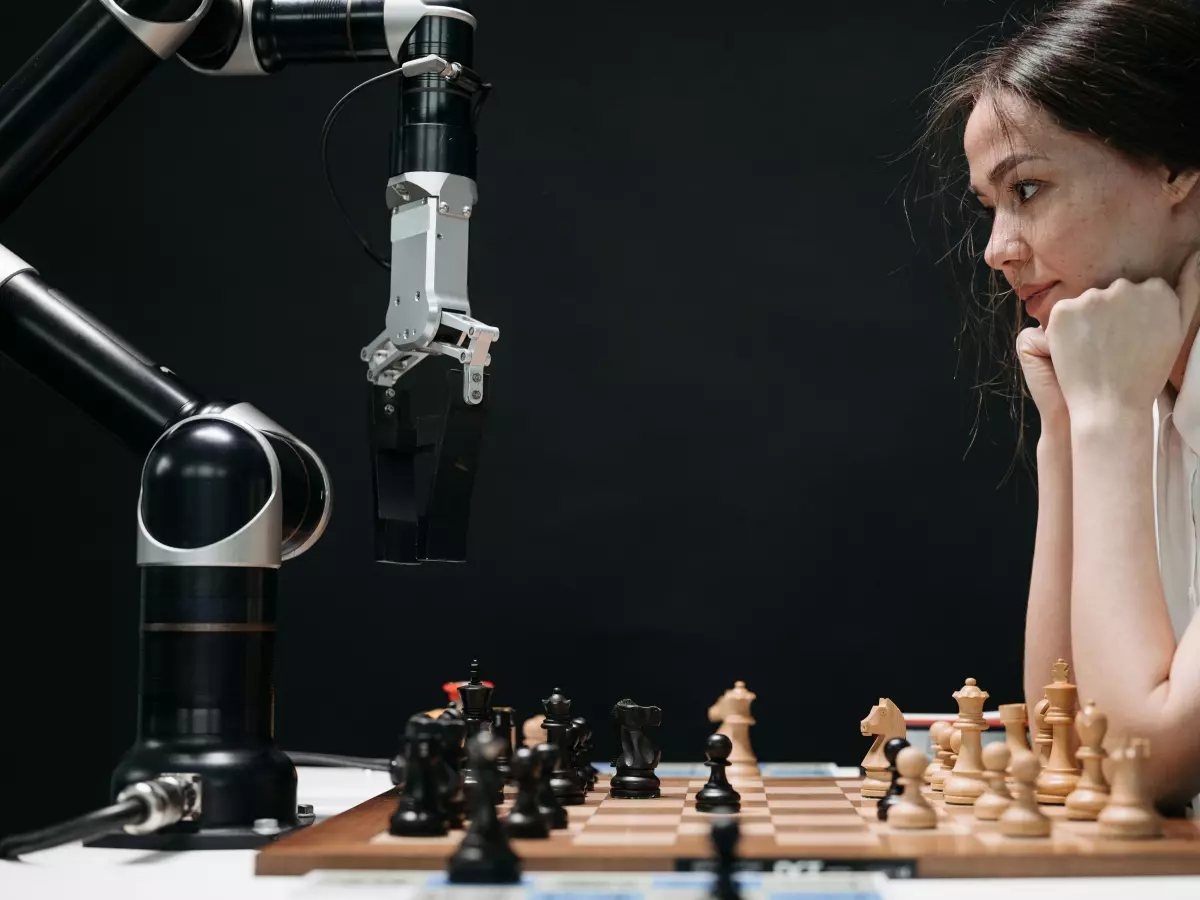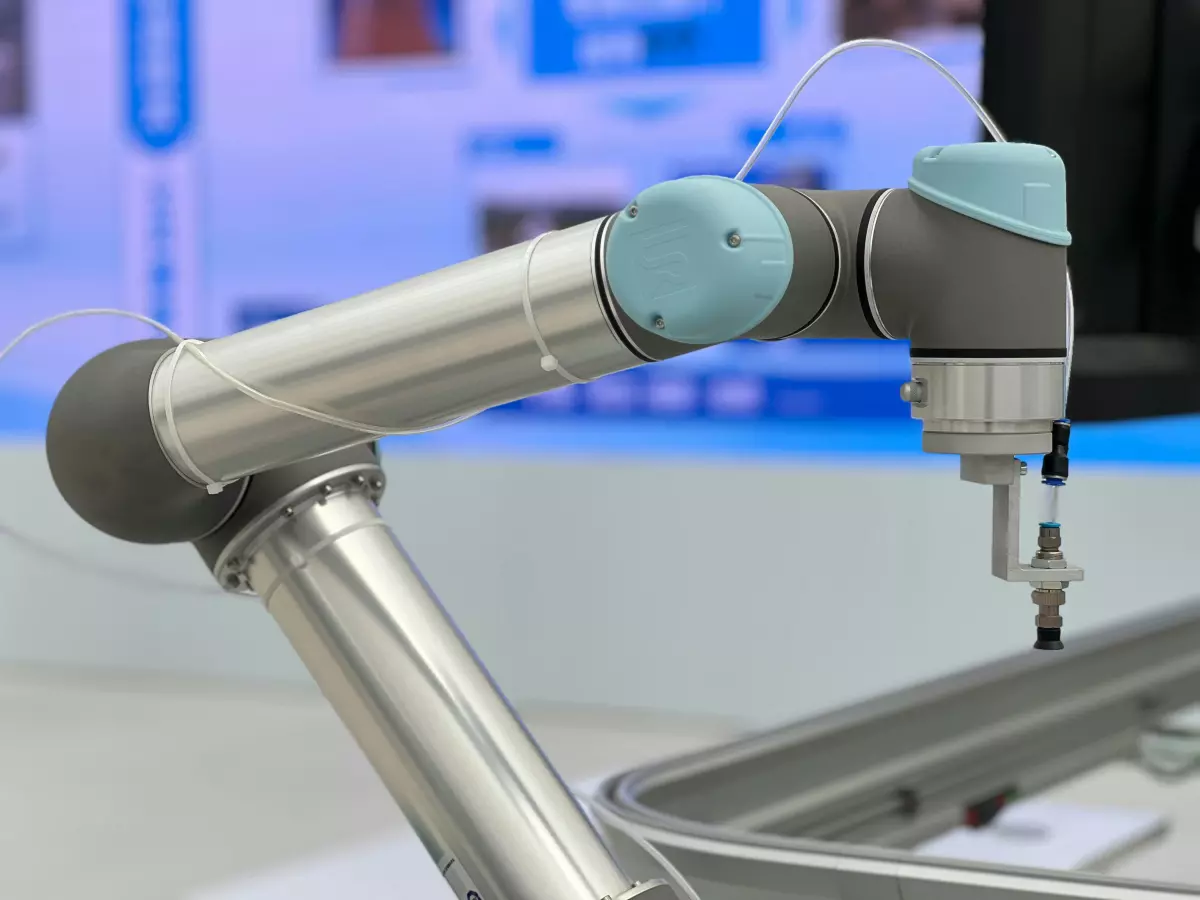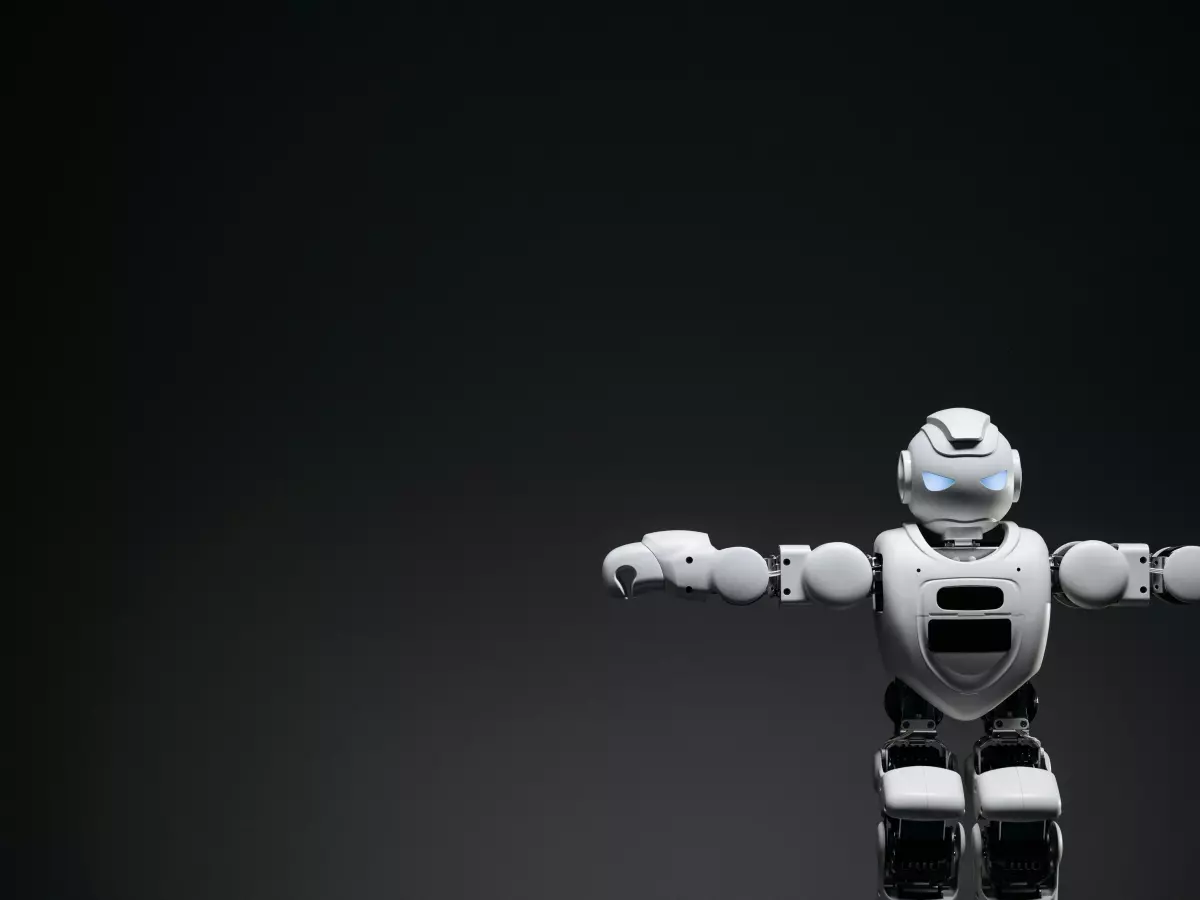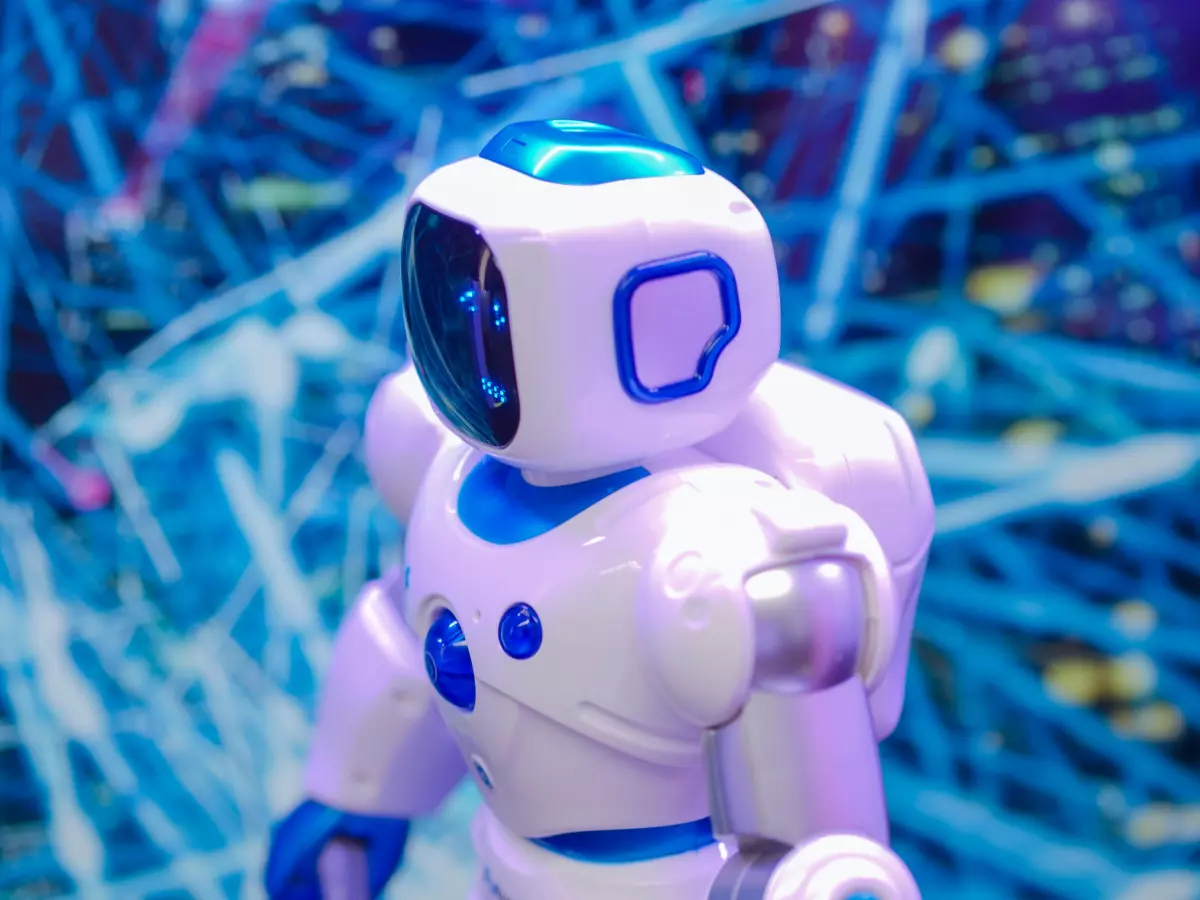Shape-shifting Robots
What if robots could change shape on the fly, adapting to any environment or task? Well, that future might be closer than you think.

By Hiroshi Tanaka
Imagine a robot that can transform itself into different shapes, like a high-tech version of a Transformer. No, this isn’t a scene from a sci-fi movie. Scientists at the Max Planck Institute for Intelligent Systems (MPI-IS) have developed something called HEXEL modules—electrically driven robotic components that can snap together to form reconfigurable robots. These shape-shifting robots are designed to adapt to different environments and tasks, making them incredibly versatile.
So, how do these robots work? The HEXEL modules use magnets embedded along their edges to electrically and mechanically connect to other modules. This allows them to form robots with diverse shapes and capabilities. Think of it like LEGO bricks, but on a whole new level. The modules can be reconfigured into different forms depending on the task at hand. Need a robot to crawl through a narrow space? No problem. Need one to fly? They’ve got that covered too.
Why Does This Matter?
These robots could be game-changers in environments where resources are limited, like space missions or disaster rescue operations. Picture this: You're on a space mission, and your robot breaks down. Instead of waiting for a replacement, you could just snap together a new one from spare parts. That’s the beauty of this modular design—it promotes sustainability by allowing robots to be built from redundant parts.
But it's not just about space missions. These robots could also be used in disaster zones, where traditional robots might struggle. Imagine a collapsed building where a rescue robot needs to navigate through tight spaces, climb over debris, or even fly to reach trapped survivors. These HEXEL-based robots could adapt to each of these challenges, making rescue operations faster and more efficient.
AI Meets Shape-shifting Robots
Now, let’s add another layer of awesomeness—AI. According to a report from MIT Technology Review, AI models are being developed to help robots carry out tasks in unfamiliar environments. This means that not only can these robots change shape, but they can also learn and adapt to new situations. Imagine a robot that not only transforms but also learns how to better perform its tasks as it goes. That’s next-level stuff!
With AI, these robots could become even more autonomous, making decisions on the fly and adapting to their surroundings without human intervention. This could be a game-changer for industries like construction, healthcare, and even military operations.
What’s Next?
While these robots are still in the development phase, the potential applications are endless. From space exploration to disaster relief, these shape-shifting, AI-powered robots could revolutionize how we approach complex tasks in challenging environments. And who knows? Maybe one day, we’ll all have our own personal shape-shifting robot assistants. The future is looking pretty exciting, don’t you think?
One thing is clear: the combination of modular robotics and AI is pushing the boundaries of what robots can do. And as these technologies continue to evolve, we can expect to see even more mind-blowing innovations in the near future.
Here’s a fun fact to leave you with: Did you know that the global robotics market is expected to reach a whopping $275 billion by 2030? With innovations like HEXEL modules and AI integration, it’s easy to see why.





